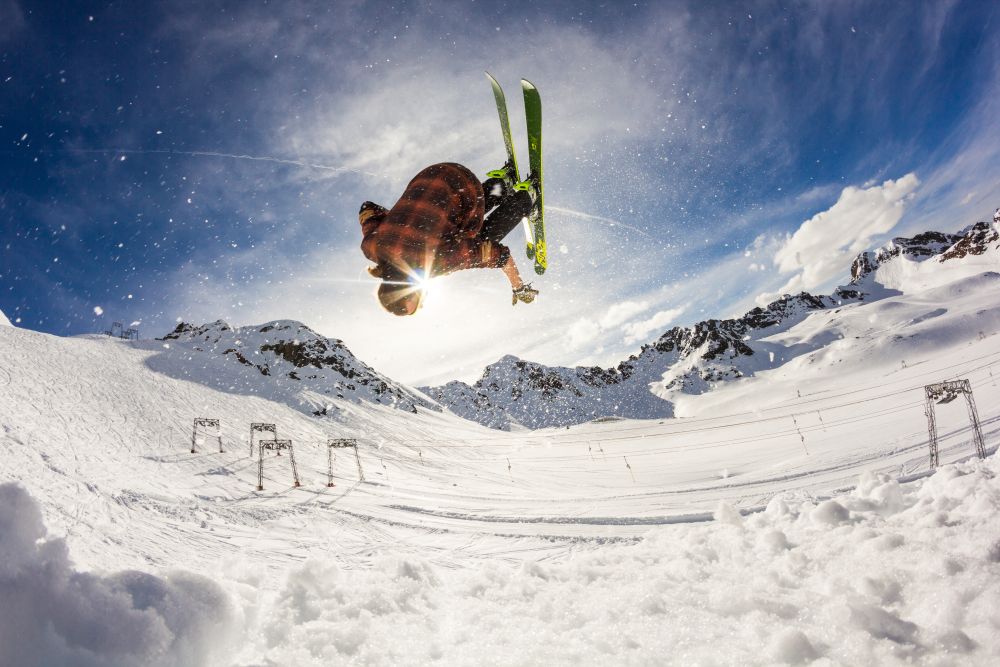Ski resorts at risk from ‘dramatic decline’ in US snowpack
The amount of snow found in parts of the western US has declined by up to 30 percent over the past century, putting increased strain on livelihoods and ski resorts.

The amount of snow found in parts of the western US has declined by up to 30 percent over the past century, putting increased strain on livelihoods and ski resorts.
Researchers from Oregon State University recently published work based on the long-term monitoring of 1,776 sites in the western US covering the period 1915-2014.
“It is a bigger decline than we had expected,” said Philip Mote, lead author of the study.
“In many lower-elevation sites, what used to fall as snow is now rain. Upper elevations have not been affected nearly as much, but most states don’t have that much area at 7,000-plus feet”.
The group of 12 scientists found a declining trend in all months, states and climates; furthermore, the impacts were found to be greatest during the spring season and in the Pacific states of California, Washington and Oregon.
Warmer temperatures are seen as a leading cause behind the loss of snow, although the researchers did not reference climate change in their study. Previous research has made that causal link clear.
The implications of this latest data are already being seen in locations known for skiers in the country. Utah’s Alta region near Salt Lake City, for example, is a popular ski resort, but locals are learning to adapt to new conditions.
“Our snowpack has decreased, but I don’t think it’s going to disappear,” Maura Olivos recently told Wired magazine. As sustainability coordinator, her job is to pay particular attention to the nature and amount of snow the resort receives each year
“There will be less powdery snow and more dense snow,” she says. “Our skier expectations may have to change so they are not anticipating powder every time they come here. We are going to have to be appreciative of what we get.”
Some resorts are using automated snow-making technology to replace the once abundant supply of white powder, while others are looking to implement environmental initiatives. The Lake Tahoe ski resorts in California will soon become the first such facilities to run entirely on renewable energy in a bid to reduce costs and their carbon emissions.
It’s clear that the skiing industry will have to change as the climate does in order to survive in the long-term. Those places which have recognised the threat early on may be insulating themselves from more frequent climate shocks in the future.
Photo Credit: Jörg Angeli
